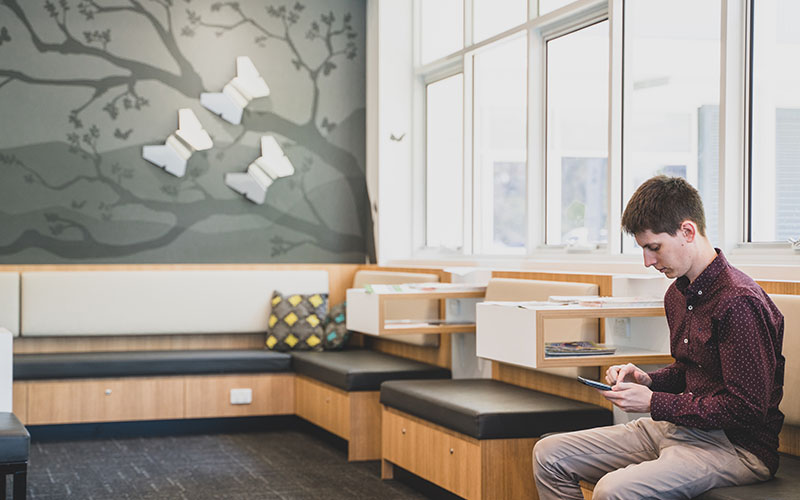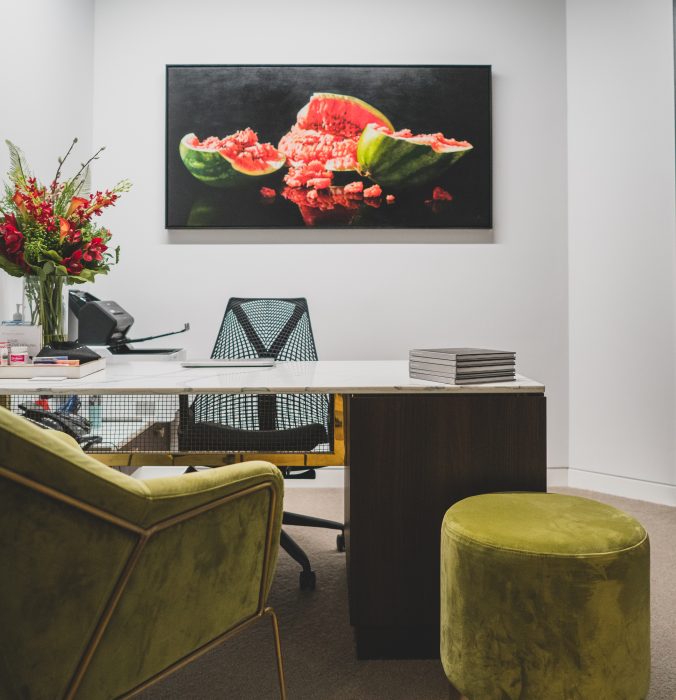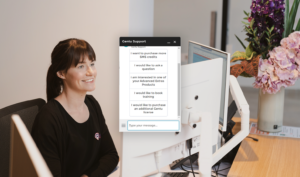These days, a great patient experience is multi-dimensional; it lives as much in your technology, your architecture and your waiting area as it does in your quality of clinical care.
When a patient enters your practice, you want them to feel a delicate mix of comfortable and confident in their surroundings, to foster trust and minimise waiting-room anxiety.
Here are some tips to help you design your practice for a great patient experience that’s a little more hotel than hospital.
Inject some life into your waiting room décor
Sorry, that was a bad joke for the dermatologists in the room.
Beyond the basic expectation of comfortable seating and cleanliness in the waiting room, try personalising it to reflect the values and culture of your practice.
We know one psychiatry practice serving young people whose waiting areas and rooms are decorated with superhero posters and memorabilia to engender feelings of strength, resilience and positivity in their young clients.
Use colour wisely
Think about painting the walls in subdued pastel colours like pale blue, green or pink. Stark white walls tend to make spaces feel overly clinical and cold, but if you want to use a more neutral colour, choose a cream or beige tone with a little more warmth.

High-quality amenities
We know long wait times are correlated with poor patient experiences, so equip your patients with things like reading materials, free Wi-Fi, water, coffee, tea and biscuits for those days you just can’t seem to get ahead.
Communicate clearly, kindly, and often
Embed clear, kind and regular communication into the patient experience at your practice.
If you’re running late, it’s nice to let your patients know – whether it’s a text message from the practice on the day of the appointment, on arrival at reception or while sitting in the waiting room.
Check out our latest article on how to Reduce No-Shows with SMS reminders
The little things
Feeling lost can induce anxiety in what can already be an anxiety-inducing experience.
Ensure there’s clearly visible signage to indicate reception, waiting rooms, bathrooms and fire exits. Don’t forget street signage for clear way-finding to parking areas and wheelchair accessible entry-points.
In summary, creating a great patient experience lives as much in the fit-out as it does in your quality of clinical care. Make sure the waiting rooms are comfortable and inviting, choose your colours wisely, communicate regularly with the patient and ensure the little details are done right.
Want to learn more about getting your practice up and running? Check out our New to Private Practice Guide





